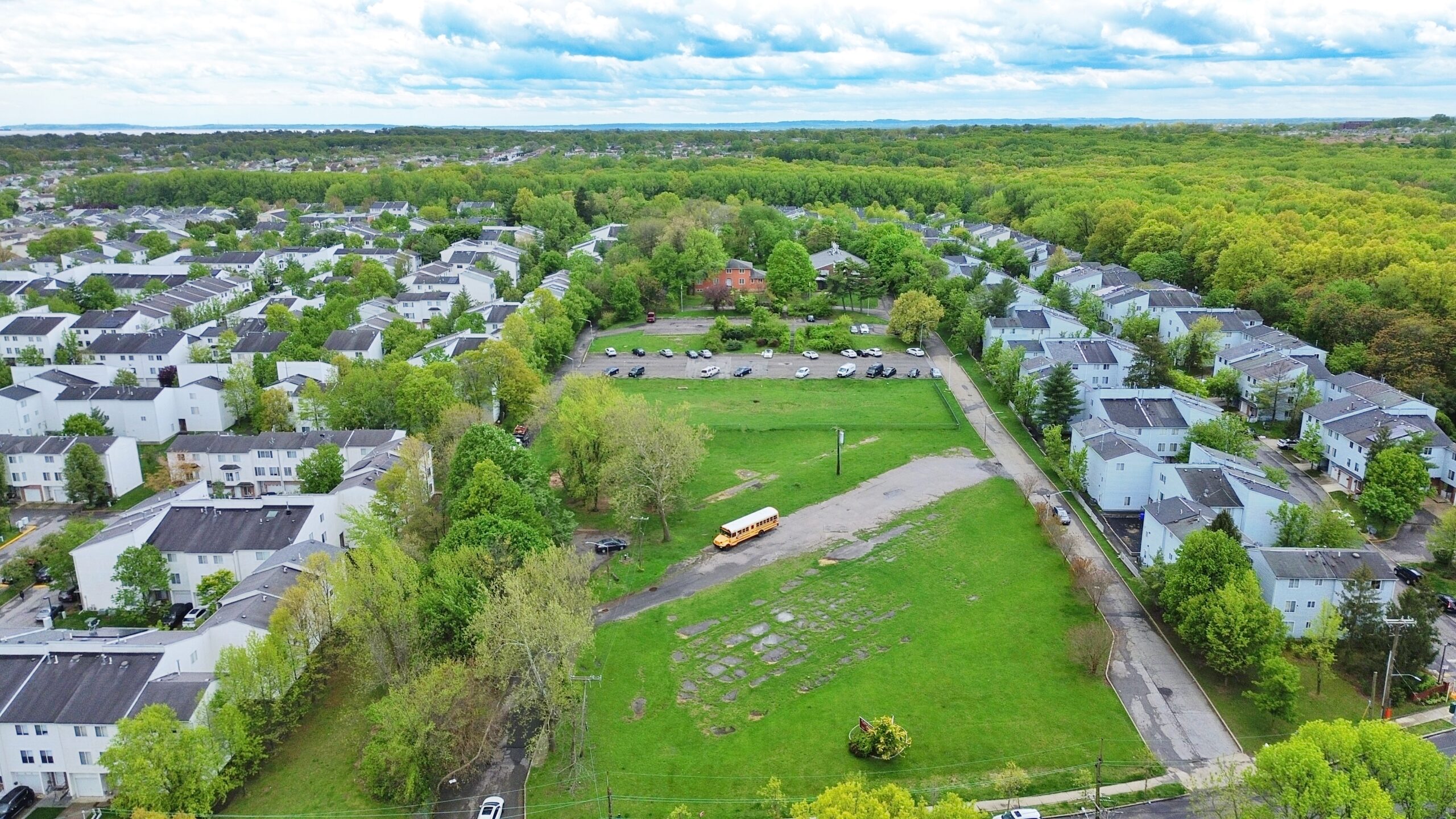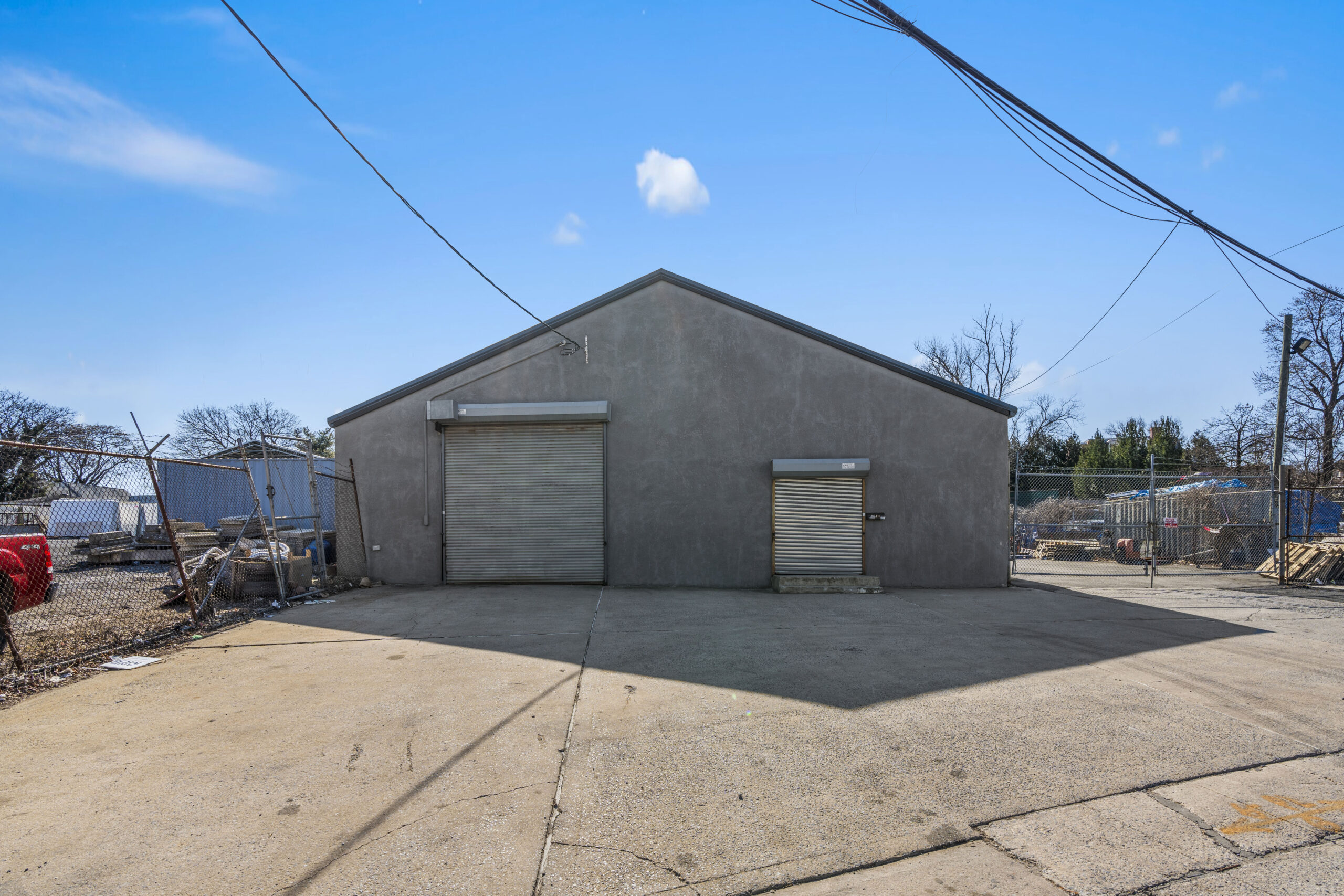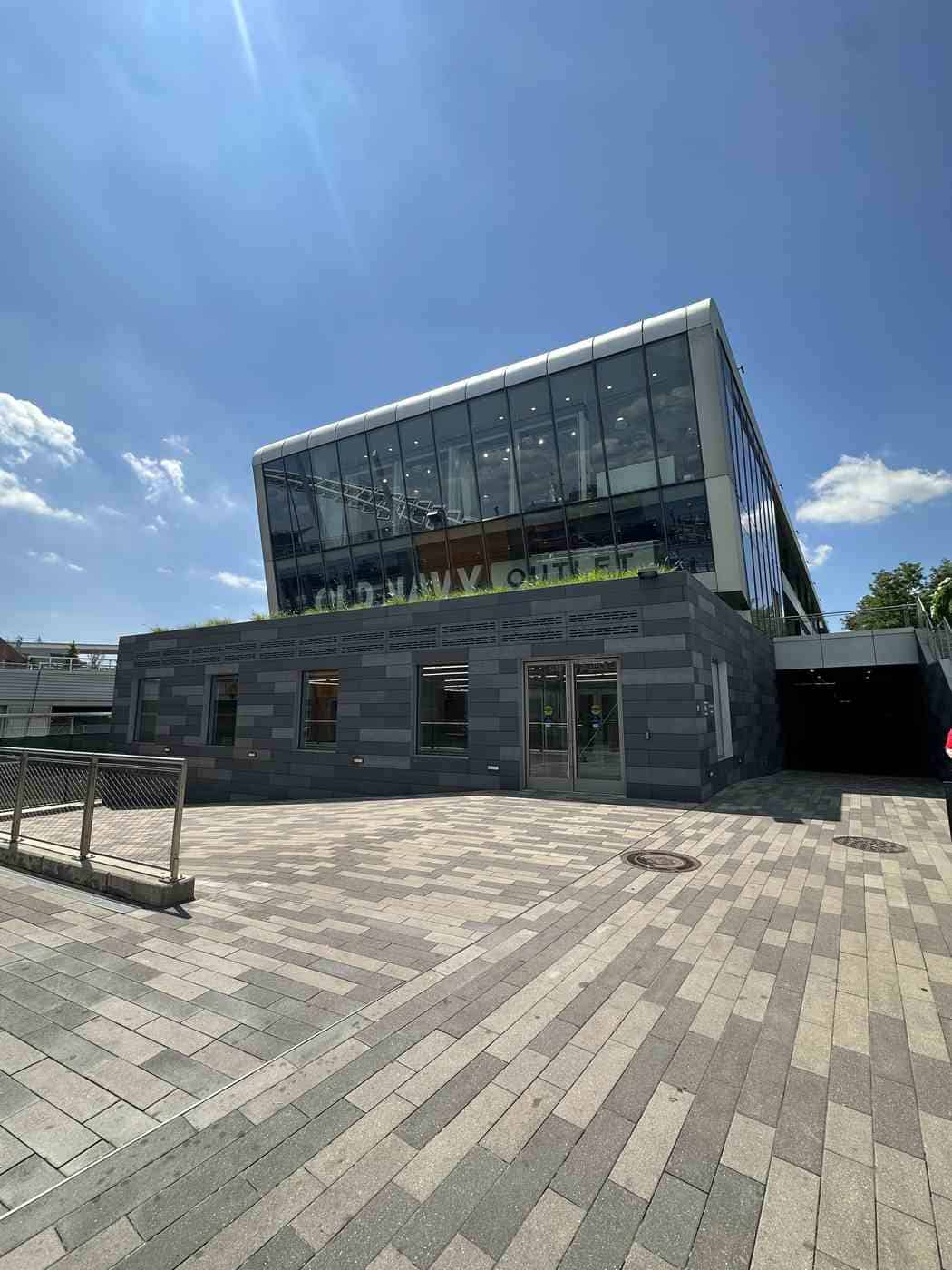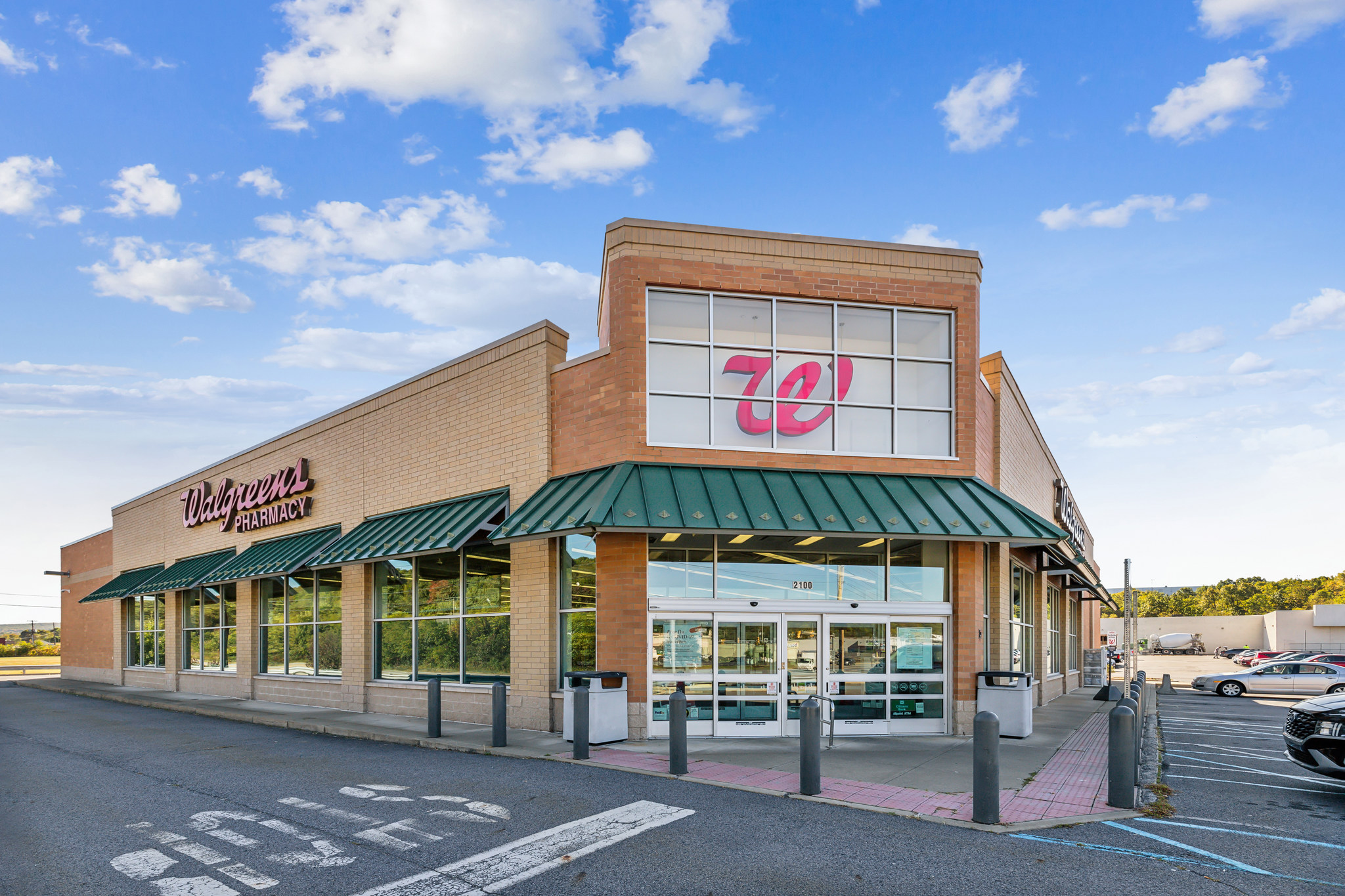Matt Says he Jumped on the OZ program almost the minute it was released.
“The OZ program was a sleeper inside of the tax-cuts and jobs act,” asserts Matt Rappaport. There had been major headlines about the TCJA and what impact it would have; a lot of folks thought it would be just another niche program. There had been previous similar programs which brought forth a “mixed bag of success.” With the opportunity-zone program the government was going for something sweeping, something revolutionary. And as momentum built in the TCJA, what I saw with the “OZ program was something in which I could get on top of, study something from scratch and become an expert.” So, I threw myself into it and took every opportunity I could to speak about it and become involved in the government’s efforts to try to shape the program. I said to myself, “I will do whatever it takes to become someone who knows this program down to the every last detail.” I’d say it’s been a success, and that’s the short story of how I became known as the Wizard of O.Z. — Opportunity Zone knowledge.
James credits Matt with knowing every detail, every nuance to the program. We’ve looked at the program for so many different things, and you’ve always had led us in the right direction. James recalls having first met/seen met while he was giving a presentation at the SIEDC. That was their first significant interaction in which Matt conveyed the value of OZ’s to James Prendamano.
How the OZ Program Came to Be . . .
The OZ program was actually first conceived under the Obama administration, but given the gridlock in Congress it didn’t go anywhere; TCJA was the Trump administration. The idea was conceived in an effort to satisfy both sides of the political aisles. The concept of the program was to provide a tax break to private investors that they’ve been looking for – but for constructive purposes so that folks who were just regular-income earners aren’t complaining all the time that all these tax breaks put forth for private investors never benefit them. So, essentially the concept was to provide a tax break to private investors, so they would invest in low-income communities.
What are the Opportunities out there today? How do you find a property in an Opportunity Zone?
According to Matt, if the governor designates a certain area an opportunity zone. all these tax breaks come in to play. Now what you can do is look at a CDFI map; the CDFI is a division of the United States Treasury. The CDFI has an official map, and you can go ahead and check if your property sits in an opportunity zone. There are third-party maps that you can find, some of which are reliable. But, you don’t want to go off third-party maps if you can help it because it’s not the official map.
What Qualifies as a Capital Gain?
James Prendamano poses the situation: We have a property; it’s in an opportunity zone. As the seller there is additional
value and opportunity to drive revenue. As a purchaser, I have capital gain. What DOES qualify as capital gains, as it’s a very often a misnomer. It’s not just the sale of real estate.
Matt Rappaport responds that it’s nuanced at every turn. The Fed says we want to simulate activity on both the sell side and the buy side. The sell side is that the investor has capital gain. “Capital gain is from the sale of any capital asset, asserts Matt. “It need not be real estate.” The capital asset could be stocks, bonds, business interest, art work, coins, or a car collection. You can sell one of your cars and reinvest that money with tax advantages into an opportunity zone. The default rule says every asset that is not ordinary IS capital. Inventory – in the real estate world – are residential subdivisions; they’re not capital assets. It’s the same thing with condos. That’s inventory; that is ordinary income. Not only that, it’s ineligible for Opportunity Zones and 1031. But all other types of real estate are going to be considered capital gain or treated as capital gain. Another is example fix and flip investment.
James Prendamano adds, “If there is intent to rent the property, that will generally be the first threshold. However, if you had a fix-and-flip and you decided to rent it and collected rent for X number of years . . .
Set Up a QOF!
Set up a Quality Opportunity Fund – A QOF exclaims Matt Rappaport! It sounds daunting, but it’s actually pretty simple. It’s an entity that’s taxed as an entity or corporation. This is a tool that is being way underused here on Staten Island, James and Matt agree. You don’t even have to start your own QOF; you can invest in someone else’s, says Matt. When you open a business in an opportunity zone it has to be started from scratch or relocated from outside of an opportunity zone to an opportunity zone.
James reaffirms there is no need to call and Escrow attorney when you have access to Matt Rappaport, “The Wizard of O.Z.”
Subscribe to our podcast to hear the latest trends from esteemed industry professionals.







Leave a Comment